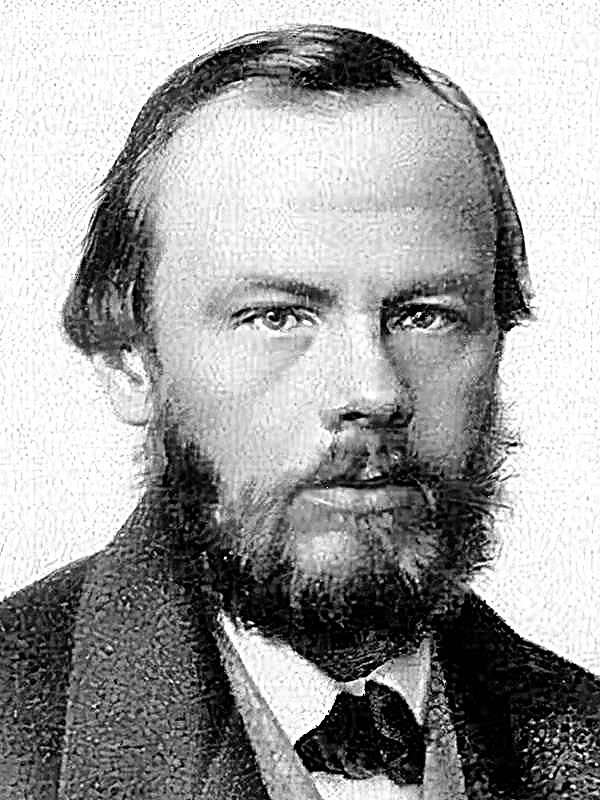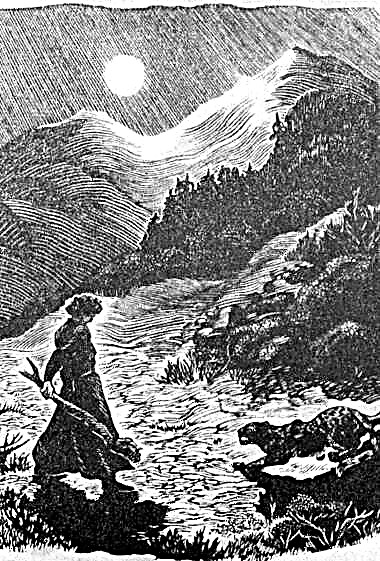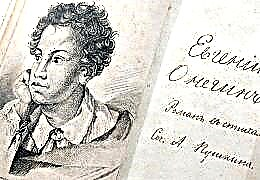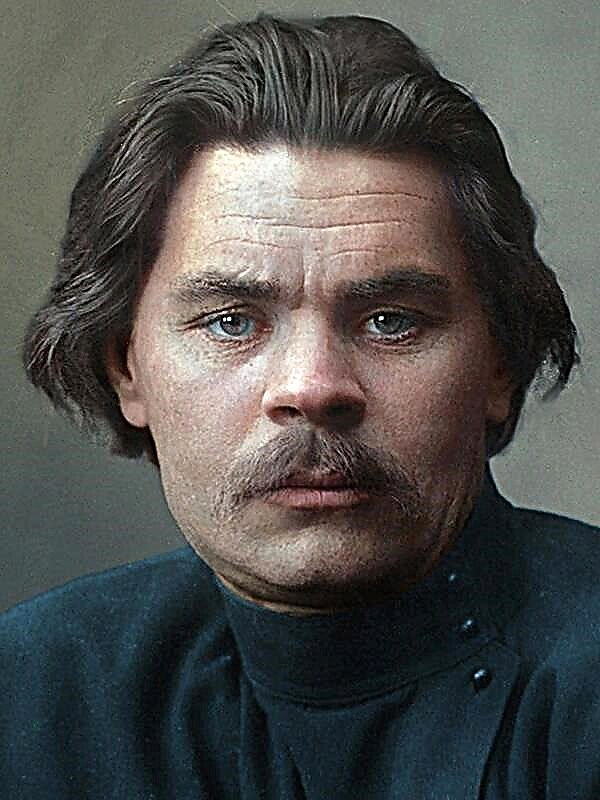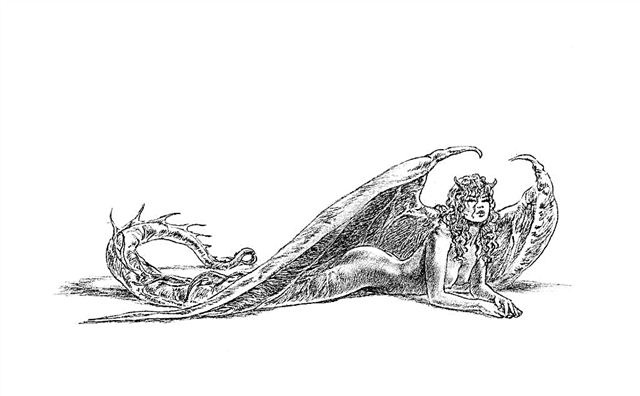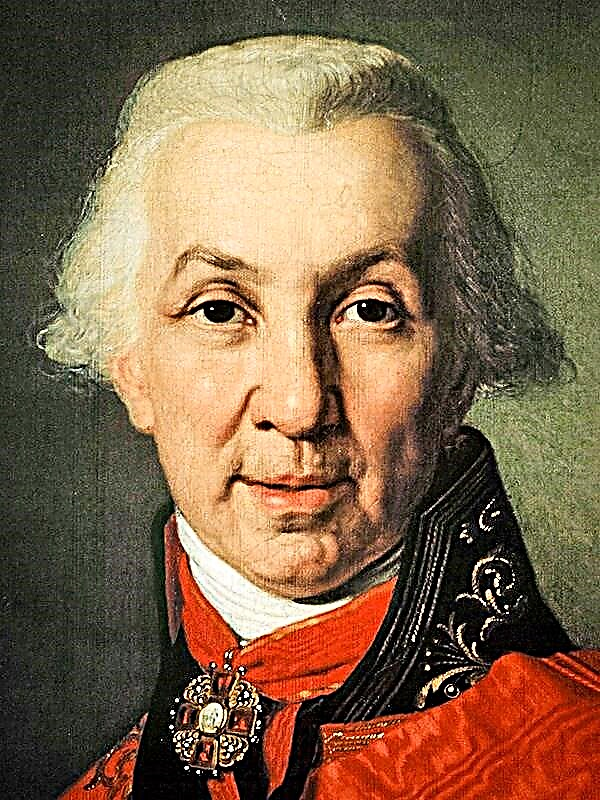The works of N. S. Leskov are of a special nature. The author subtly feels the slightest changes in the surrounding reality. It is as if he passes through the heart of sadness and joy of Russian folk life, boldly speaks of all its advantages and disadvantages.
History of creation
Leskov conceived this work, being already an accomplished writer with many years of journalistic experience. For the first time “Scarecrow” was published in the magazine “Sincere Word” in 1885 with the subtitle “Story for the Young.” Later, in preparation for the publication of the Complete Works, Nikolai Semenovich included him in the cycle of "Sacred Stories."
Silence is alien to the writer when injustice is committed before his eyes. Therefore, works coming out of Leskov’s pen always resonate in society. Nikolai Semenovich has an insatiable interest in human destiny, filled with good and evil, honesty and injustice. Unfortunately, it is difficult to maintain spiritual nobility and not back down under the onslaught of slander and widespread misunderstanding, but Selivan, the protagonist of the story “Scarecrow”, did it.
Direction, genre
Leskov’s prose belongs to a realistic trend in literature that truly reflects life with all its joys and shortcomings.
“Scarecrow” refers to the fabulous work of the author and in its genre affiliation is an autobiographical story that amazes with the transmission of the depths of human feelings and where the funny, touching and tragic are inextricably linked. The plot of the story flows in a wide river, affecting more and more realities of popular reality.
Essence
The epigraph to the story is the old Russian proverb: “Fear has big eyes.” Indeed, no matter how fiction may seem to the human eye, if consciousness is embraced by fear and ignorance. Even when this pseudo-reality begins to border on the absurd.
But even worse, when an innocent person suffers because of this. Whatever was attributed to Selivan. The people shied away from him, as if from a leper. But all the speculation was not true. The good name of the hero triumphed. The people received a good lesson that they should not, without understanding, blame a person for all mortal sins.
The main characters and their characteristics
The story is conducted on behalf of a boy who moved out of town with his parents. Here he finds many new friends and discovers the unexplored, amazing world of folk traditions. The miller Ilya helps him in this. An old grandfather tells his child about brownies, kikimors and the “water grandfather” living near Selivanov Forest. It was Ilya who told the boy the story of Selivan, thereby arousing in the child an unquenchable interest in this man and giving rise to a trembling fear of him.
The image of Selivan attractive, lively and tragic. This character is a native of the family of Leskov's righteous, true rescuers at the behest of the heart. His appearance inspires confidence. The face is kind, pleasant. The eyes are vibrant and deep. A shadow of a smile often appears on the lips. This eccentric’s talk is special: the phrases are very clear, concise and concise, which betrays a person of business, and not an adherent of sweet and cloying speech. The case when the individualism of speech exists in accordance with human psychology.
The hero often avoided people as if they were afraid of them. But none of the people have ever wondered: “Why is he shying away?” You look, and people would have delivered less problems.
Selivan does not oppose the tyranny, bribery and bigotry of those who own power. He is calm, does not get excited, does not rush to uphold the truth at all levels (unlike Ryzhov in the story “One-Dum”). Not. He lives his solitary life, without claiming anything. But if he suddenly sees that someone needs help, he will immediately rush to help, whether it is a merchant stuck in the middle of the road or children lost in the forest.
Topics
- The story, first of all, amazes how subtly Leskov introduces and develops folklore theme. The author turns to Russian folk art, so that, on the one hand, the reader feels the mysterious atmosphere that filled every page of the book. Only by understanding the psychology of the people can one appreciate the behavior of people, the motivation for their actions and explain their faith in evil spirits. On the other hand, the writer used folklore motifs to “thicken the clouds” around the image of Selivan. Elements of folk art were like a bridge to the image of a “bloodthirsty sorcerer” who concludes an agreement with evil spirits and does “dirty” things with it. According to people, Selivan is an assistant to the "dark" forces on earth.
- One of the important topics is theme of loneliness person in society. Sometimes people can ruthlessly cast a shadow over a person without thinking about the consequences. No one wanted to understand Selivan. All persistently spread terrible rumors that contribute to the transformation of this eccentric into a scarecrow. They say that the people are a single whole. But there is always a person who becomes an outcast in society.
- The thread of patience passes through the work with a red thread. A heavy share went to the hero. He had to wait a long time before his good name was restored. Selivan did not feel hatred for the world and did not take revenge on people in response to their slander, although he was “hung” with many labels: a crafty sorcerer, an infanticide and a great villain. All universal evil concentrated in one person. It’s simpler: you don’t have to think or reason.
Problems
- Lack of compassion and humanity - one of the main problems of the story. When Leskov describes cold frosty evenings and how the executioner's daughter is not allowed to warm up, many questions arise: “Why do people get stale heart? The child is not to blame for anything. Should he be responsible for his father’s actions? ” As a result, the girl receives severe frostbite, which undermined her health.
- The main problem of the story is the relationship between the righteous and society.. Unfortunately, there is a negative attitude towards a person who is different from the majority. Selivan, leading a hermit lifestyle, did not make excuses, hearing various fables about himself, and continued to relate to others. People did not understand him, because they completely relied on the truth of superstitions, which gave rise to cruelty and unpredictability in their behavior. The hero did not keep them angry.
- Kindness problem takes one of the key places in the story. Leskov shows that it is a good and disinterested attitude towards all those around that helps to achieve justice. Selivan did good deeds not for his own benefit, but by the will of his heart. Initially, they did not notice this, but over time, the hero’s sincerity helped ordinary people to see and heal their mental blindness. This is one of those stories where everything ends happily. The author thereby rewards the main character for his humane attitude towards a hostile society.
- Another issue raised by the author is ruthless attitude of people towards animals. So, the murder of a skinny dog, warming the girl and giving her part of her warmth, gives rise to questions that are not in the answer story. Why do people think that they can calmly kill animals and decide the fate of others? In the name of a pseudo-fight against evil, innocent animals: a wild boar and a rooster were brutally killed. They beat both calves and sheep, just to quickly deal with the cunning "sorcerer." There was no mercy on anyone.
- In the story, the author raises the problem of ignorance and superstition. These issues seriously bothered the writer in his maturity when he became an experienced traveler and saw how stupid and cruel some provincial peasants were. Dark, uneducated people often find themselves under the influence of signs, supernatural powers. For example, the red mark on Selivan's face did not give him a quiet life since childhood. As the saying goes, "the god of the rogue marks." Only the lazy did not indicate that the boy should not be trusted. Although the kalachnik, for whom the young man worked, was extremely pleased with him.
Meaning
Leskov creates a type of positive Russian man, a guardian for the truth. A sense of justice, selflessness and a willingness to sacrifice are inherent in Selivan. He is like a righteous one, calling us to look back, to throw the veil from our eyes and look at the world with a bright eye. This is the idea laid down by the writer.
The main idea of the story is that the world can only adhere to the commandments of goodness, mutual assistance, sincerity and love. The fate of Leskov himself was similar to the life of a righteous man, in the eyes of many people for a long time he was just the same “scarecrow”.
Output
At all times, special people met on Russian soil, selflessly doing good and quietly praying for a bright future for Russia. Often they silently bore grievances and continued to follow the path of light, harmony and Christian love.
These righteous people, as an example, gave moral lessons, helping to unite people who are ready to withstand any vicissitudes of fate. They said that the people need not worship and not condemnation, but, first of all, understanding and sympathy. Selivan, being a bearer of high spiritual nobility, listening to the call of his heart, proved that good deeds contribute to the good of the Motherland and make lost souls return to the path of truth.

